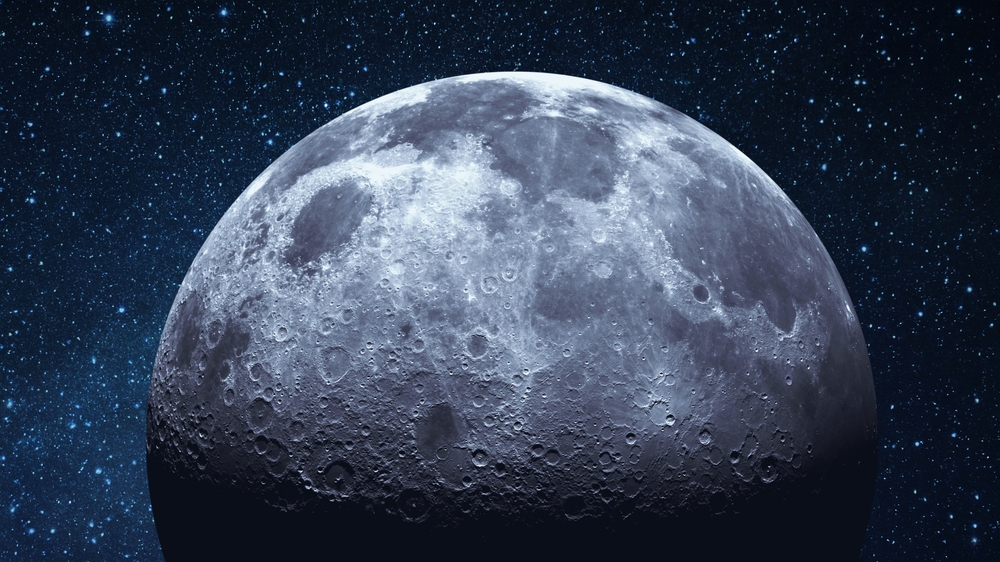Echoes from 4.5 Billion Years ago
Others are reading now
Echoes from 4.5 Billion Years ago
The Story Written in Stone
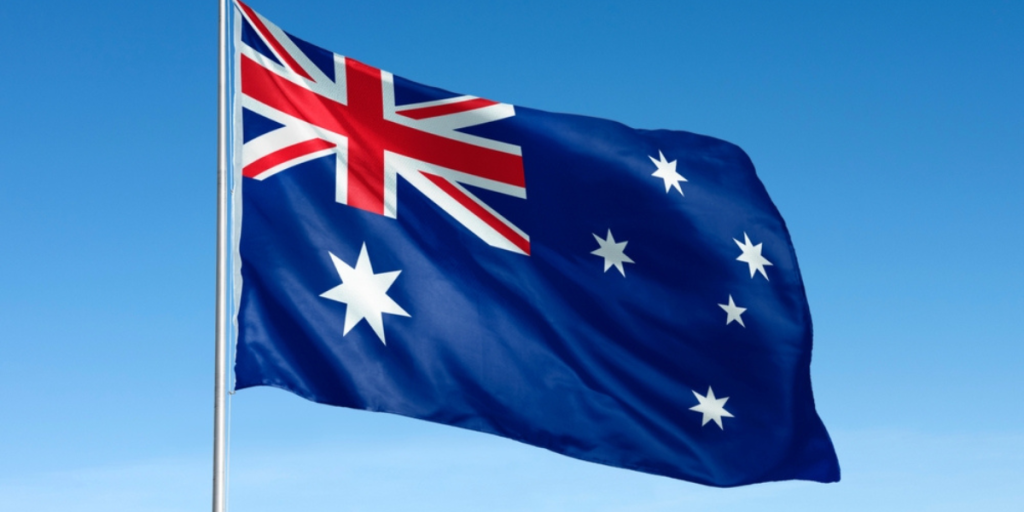
Every rock tells a story — some of Earth’s oldest stones tell one that reaches beyond our planet itself. For billions of years, the Moon has orbited Earth, shaping tides, time, and human imagination.
Yet the mystery of how it came to be has puzzled scientists for centuries. Now, ancient rocks buried deep beneath Australia’s surface may hold the final pieces of that cosmic puzzle.
Ancient Rocks, Ancient Clues

According to Space.com, scientists from the University of Western Australia have studied 3.7-billion-year-old anorthosite rocks from the Murchison region of Western Australia — some of the oldest remnants of Earth’s crust.
These rocks are rich in feldspar crystals, similar to those found in lunar samples, suggesting a profound link between Earth and its Moon.
Also read
Using advanced analysis, the team examined the chemical fingerprints locked within these minerals, offering rare insight into the earliest conditions of our planet.
Reading the Planet’s Earliest History
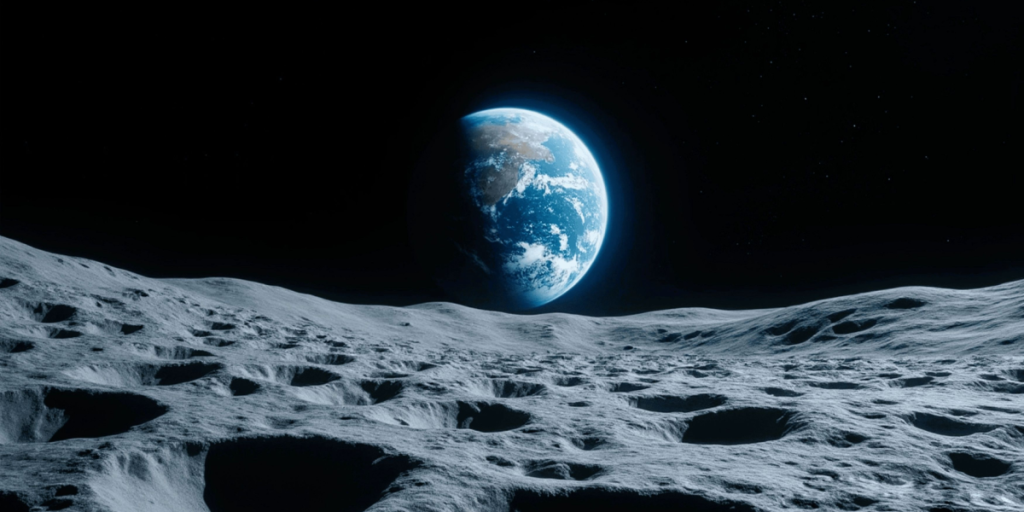
Space.com reports that these crystals record isotopic ratios that reveal how Earth’s mantle and crust evolved over time.
The findings suggest that continental growth began later than previously believed — around 3.5 billion years ago, nearly a billion years after Earth’s formation.
Even more intriguing, the chemical signatures within the Australian rocks closely match those of lunar samples brought back by NASA’s Apollo missions.
This connection supports the prevailing “giant impact” theory, in which a Mars-sized planet collided with early Earth, ejecting molten debris that eventually coalesced to form the Moon.
Also read
A Window to the Moon’s Birth
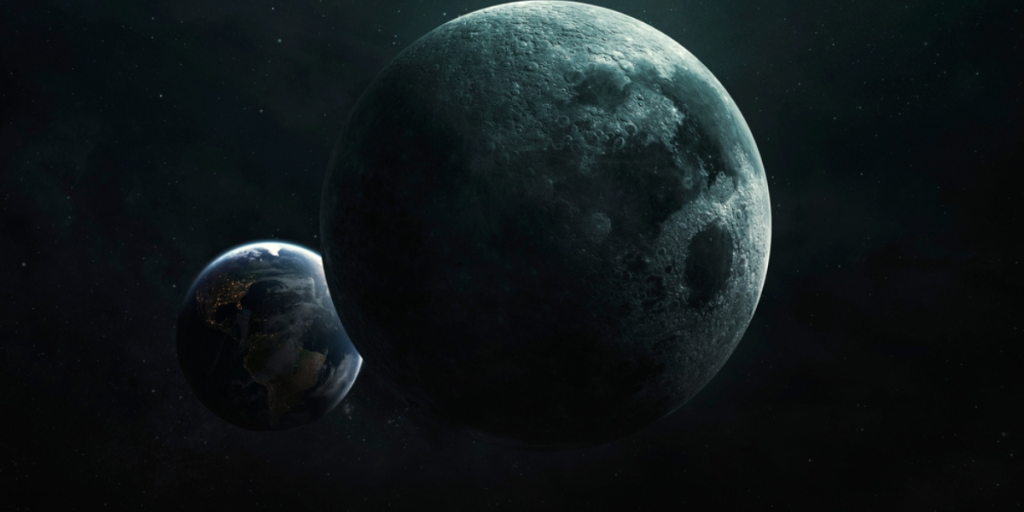
As described by Space.com, this discovery represents a breakthrough in understanding both Earth’s infancy and the Moon’s origin.
The isotopic resemblance between the Australian rocks and lunar material suggests that both worlds share a common chemical starting point dating back 4.5 billion years.
These minerals may be direct evidence of the high-energy impact that reshaped the young planet and created its celestial companion. Because such ancient rocks are exceedingly rare, they act as time capsules, preserving the echoes of the event that forged the Earth–Moon system we see today.
What We’ve Learned
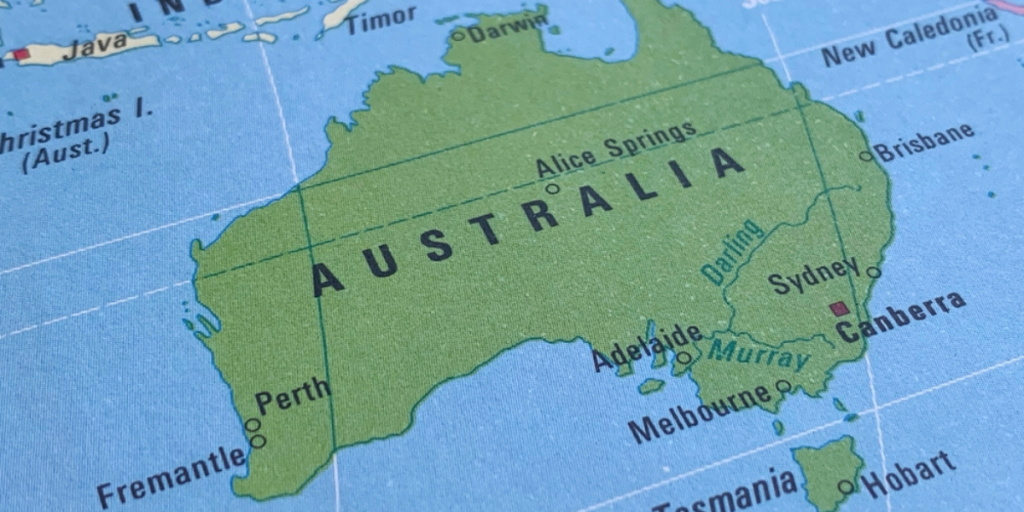
The study of these Western Australian rocks bridges geology and cosmology, offering a tangible link between Earth’s crust and the Moon’s creation.
By decoding their isotopic history, scientists have illuminated one of the most dramatic moments in the solar system’s past — the collision that changed our planet forever.
Also read
The research shows how even the oldest stones beneath our feet can still rewrite the story of our origins.
Traces of the Beginning

In every grain of ancient rock lies the memory of a violent dawn — when Earth itself was still forming, and the Moon was born from chaos.
These discoveries remind us that our planet and its satellite are not separate worlds, but two halves of the same story, forged from the same fire.
The past may be written in stone, but its message continues to reach across time, shining in the light of the Moon above us.

